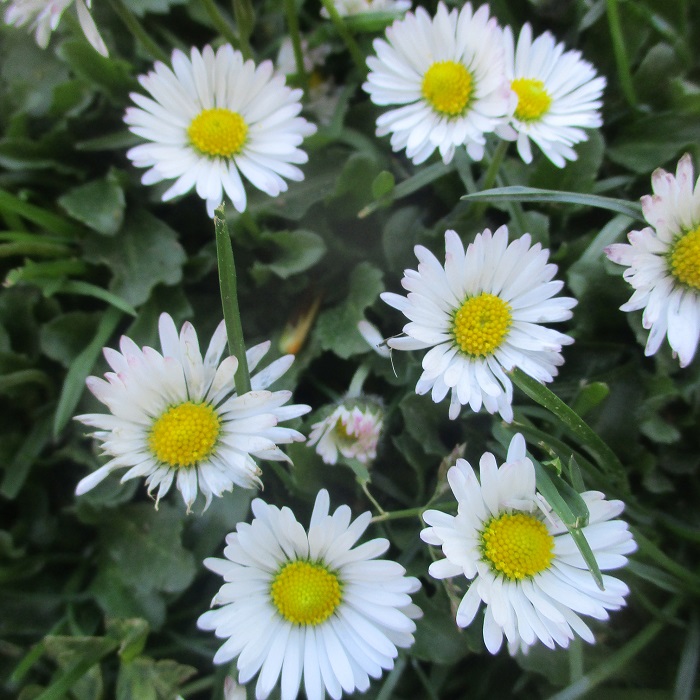UNITED STATES—Weeds are constantly a problem here. There is no season in which every sort of weed is inactive. As some annual types finish dispersing seed and die off for winter, others begin their season. Most weeds just happen to be most active as winter becomes spring. They try to stay ahead of desirable plants. Lawn weeds have been proliferating faster than turf.
Annual weeds were easiest to pull while still dispersing roots, and while the soil was still damp from winter rain. Biennial weeds that grew last year are more firmly rooted, even if their soil is damp. Perennial weeds are most persistent, with extensively dispersed roots. Of course, as lawn weeds, all three types are more challenging than in the open ground.
Separation of weeds from turf grass is significantly more work than pulling weeds alone. It is not so easy to reach down into the roots of the weeds. Nor is it so easy to pull weeds without pulling some of the turf grass with them. The process is likely to leave bald spots. Many of the persistent perennial lawn weeds are more firmly rooted than the turf grass is.
Pulling lawn weeds is no enviable task.
Dandelion is notorious for leaving bits of root behind when pulled. These bits regenerate into new plants that are even more difficult to pull than the originals. The various species of oxalis persist by various means. Some produce bulbs or offsets that are impossible to separate from the soil. Others develop thick networks of sinewy stolons that break apart.
Some persistent lawn weeds, such as plantain and English daisy, as well as many of the feral grasses, are so difficult to eradicate that they ultimately integrate into the lawns that they infest. It is simply easier to mow over them than to try to eliminate them. They never quite assimilate though, so interfere with the uniformity of color and texture of their lawns.
Unfortunately, some lawn weeds do worse than merely compromise the visual appeal of turf. Burclover and foxtail can be dangerous to pets. Their seed is designed to stick to fur. Burclover seed structures can tangle and accumulate in long fur, causing dense matting. Foxtail seed structures can lodge into eyes, nostrils, throats and ears, or pierce soft skin.
Highlight: English Daisy
Garden varieties with fluffier white, pink or pinkish red flowers, and more mounding foliar growth, are popular annuals. With grooming, they might survive as short term perennials. The more familiar form of English daisy, Bellis perennis, though, is a persistent perennial that commonly infests lawns. Stems stay very low. Flowers are white with yellow centers.
Some consider English daisy to be a noxious weed in turf. Others like its random drifts of white bloom on otherwise plain lawns. English daisy works nicely as a rustic component of mixed perennials too. The common weedy form is unavailable in nurseries, but is very easy to divide from established colonies. Once established, it is impossible to eradicate.
Bloom is most profuse about now, and can continue in random minor phases until cooler weather late in autumn. Sporadic bloom is possible during winter. Warm and dry weather during summer can inhibit bloom temporarily. English daisy prefers partially shaded sites and steady watering. Flowers are an inch wide. The spatulate leaves are less than two inches long.
Horticulturist Tony Tomeo can be contacted at tonytomeo.com.






